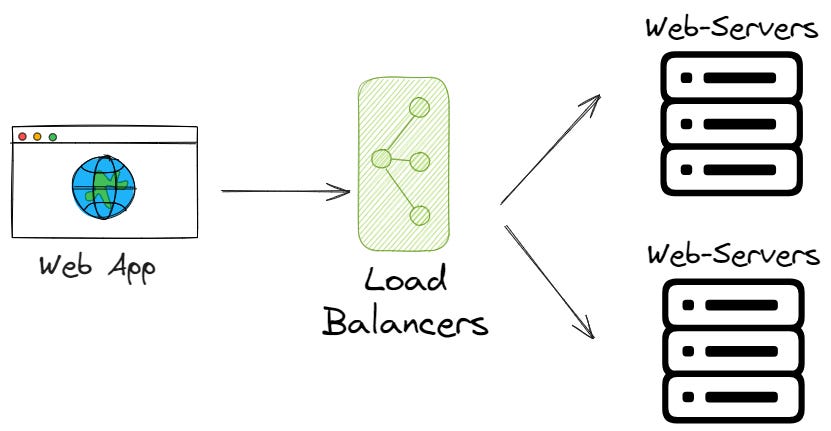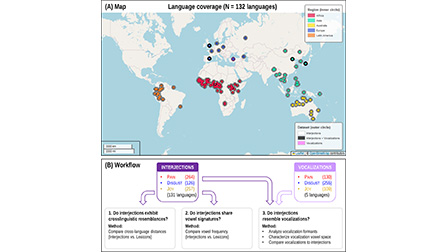
Business process management in the age of AI – three essential drifts
Business Process Management (BPM) is a holistic management discipline (Rosemann and vom Brocke 2015) that encompasses methods, techniques, and tools to support the management of business processes throughout their lifecycle, from discovery to execution, monitoring and mining (Dumas et al. 2018). The discipline of BPM covers an established field of research with common building blocks and comprises a wide variety of both technical aspects (e.g., process modelling, execution, mining, etc.) and managerial aspects (e.g., capabilities, governance, mindset, etc.) (Van Looy 2020). Although BPM was characterized by a clear boost in the 1990s and early 2000s due to the waves of business process reengineering (Hammer and Champy 1993), process innovation (Davenport 1993) and workflow management (van der Aalst and van Hee 2003), the underlying idea and importance of managing operational tasks and value chains have been recognized for centuries and this already since the early rise of factories and the notion of scientific management (Taylor 1919). Other disciplines explicitly recognize the operational level as an additional management layer complementing tactical and strategical viewpoints and which is needed to run a business (Ross et al. 2006).
In recent years, the BPM discipline is been challenged by turbulent or dynamic business environments that are characterized by fast emerging technologies (e.g., artificial intelligence, Internet of Things, etc.) (Grisold et al. 2023) and external shocks (e.g., political instability, economic crises, pandemic) that can disrupt an organization’s default way of working (Roeglinger et al. 2022). This had amplifed the need for business processes that are not just cost efficient, but also agile, innovative and resilient by design (Van Looy 2021). In response, the BPM discipline has been broadening its foci to a wider set of strategic directions as well as to new technology, advancing BPM to be more adaptive to change (such as robotic process automation, predictive process monitoring, data-driven process optimization), while still sticking to its core building blocks and process lifecycle models (Van Looy 2020). Research has contributed to reconceptualize BPM accordingly. The BPM Billboard, for example, is a visual inquiry tool (Avdiji et al. 2020) that links BPM to an organization’s strategy, its context and its capabiltites, and it suggests specific projects to futher develop these and to measure related results (vom Brocke et al. 2021).

















:focal(0x0:6000x4000)/static.texastribune.org/media/files/986e2fd2ae16eb6d1dd2993338a558a3/0928%20Cornudas%20Cookoff%20JH%2003.jpg)





